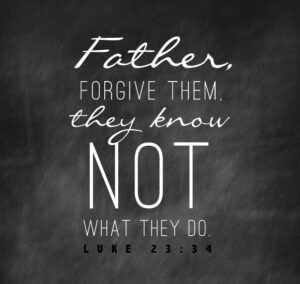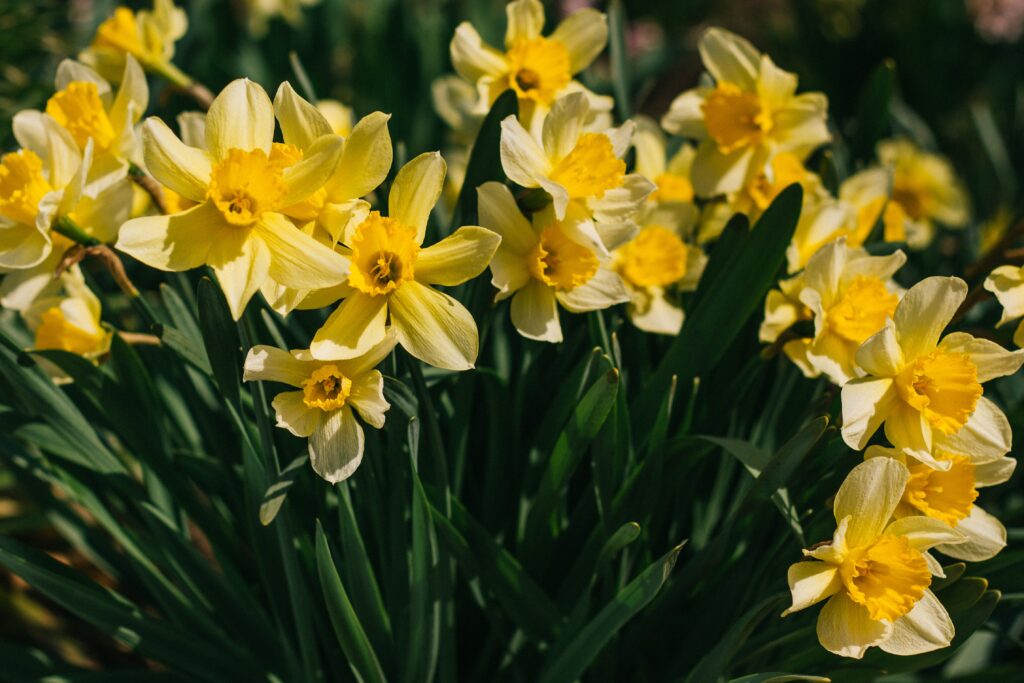You’ll see them scattered in cleared areas or in woodlands, in seemingly deserted places along rural roadsides. We call them daffodils, but the locals in many small communities know them as “Easter flowers”.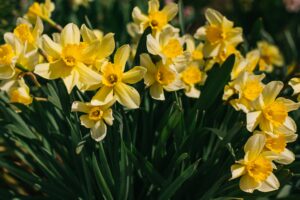
Flowers appear on the earth; the season of singing has come… Song of Songs 2:12a
They may appear to be growing there naturally, but in truth, they were planted, probably many years earlier, by settlers entering the Ozarks from the eastern communities they left behind. These hardy adventurers brought the equally hardy bulbs with them and scattered them around their new homeland. Daffodils are very long-lived and also quite prolific, so mounds of them may cover the ruins of a barn long since fallen and now rotting to nourish the soil. Or they may outline the memory of the front porch of a cabin that has turned to dust. Wherever you find them, they are an indication that someone once lived there and that someone cared enough to bring beauty with them to a new home. Daffodils can flourish without human care for a hundred years or more, so the next time you see them in a place that looks for all the world like the middle of nowhere, ask yourself about the folks who once called that land home.
I have my own daffodil story. On April 7, some 37 years ago, I had been adding the final touches in the church where our wedding was to take place. We lived in a remote area where there were few specialized services and we certainly didn’t have a wedding planner or an unlimited budget. The two of us had pulled together all the details. I had just finished working with flowers that I’d obtained in a nearby town when Ken walked into the church with armloads of fresh daffodils that he had gathered from an unused residence at the park where he was assigned. What a lovely surprise my soon-to-be husband offered that day! I had been busy with final details and hadn’t noticed the swollen buds, but Ken had kept a watchful eye on them, praying their blooms would open at the optimum time and they did. We scattered daffodils down the center of every table in the fellowship hall where our reception would be held and throughout the sanctuary. That church was alive with bright yellow daffodils and it was beautiful, a precious gift of springtime.
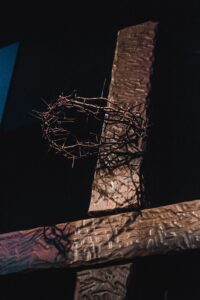 Though it begins in the dark, cold days of winter, the season of Lent culminates in the promise of spring, of new life, and therein lies the symbolism of our Easter celebration. Since we began our Lenten journey, we have traveled with Jesus from His birth to the unfolding of Holy Week. We saw Him transfigured; we’ve celebrated some of the stories of His human life. We’ve learned that our true identity is in Him and we’ve accepted the importance of inviting Him to dwell within our house. We’ve cheered with the crowds who welcomed Him to Jerusalem and even applauded when he scattered the money changers and all those involved in evil dealings from the temple. We questioned, as did Peter, why the master should stoop to do a servant’s duty, washing (our) dirty feet.
Though it begins in the dark, cold days of winter, the season of Lent culminates in the promise of spring, of new life, and therein lies the symbolism of our Easter celebration. Since we began our Lenten journey, we have traveled with Jesus from His birth to the unfolding of Holy Week. We saw Him transfigured; we’ve celebrated some of the stories of His human life. We’ve learned that our true identity is in Him and we’ve accepted the importance of inviting Him to dwell within our house. We’ve cheered with the crowds who welcomed Him to Jerusalem and even applauded when he scattered the money changers and all those involved in evil dealings from the temple. We questioned, as did Peter, why the master should stoop to do a servant’s duty, washing (our) dirty feet.
And by mid-week we see a trusted friend and disciple betray Him for a few coins, we witness many of the same people who cheered His arrival in Jerusalem just days ago now clamoring for His death. We humans are very fickle beings, and a few carefully placed agitators can turn the tide of opinion very quickly. It happened to Jesus and it can happen in any situation. We see it all too often. We must guard our hearts and minds from doubts raised by unbelievers.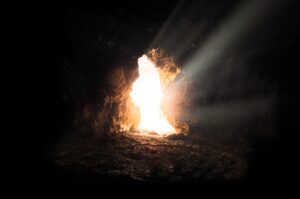
Our God lives and He sent His Son to give life to each of us. We know the truth. He bore the humiliation. He endured the pain. He allowed himself to be nailed to a cruel cross and died a horrific human death. He took upon himself every sin that had ever been committed or ever would be. He, who was totally without sin, bore every sin. He bore mine and He bore yours. Every time we have raised our hammer to drive in the nail, He has offered grace. He has offered forgiveness. He has offered redemption. He transcended death and offers the same to us. How can we not accept a gift of such incomprehensible proportion?
Jesus said, “Father, forgive them, for they don’t know what they are doing. Luke 23:34
Those daffodils that graced our tables 37 years ago were a gift from God that signaled a new beginning, a new family being born that day. Like any family, we’ve had our ups and downs, but we have always known God was traveling down that road with us and that we have always been a part of a much larger family.
On this Easter, may we remember that daffodils, Easter flowers, are a sure sign of spring. And spring brings with it all the earmarks of a new beginning. Jesus died and rose again to prove His love for us and to offer us the promise of a new beginning, a clean slate. The question before each of us is this: How do we receive that gift?
Let us acknowledge the LORD; let us press on to acknowledge him. As surely as the
sun rises, he will appear; he will come to us like the winter rains, like the
spring rains that water the earth. Hosea 6:3
And my answer to Him comes in the words of a beloved old song that says it all so eloquently, “Because He lives, I can face tomorrow.”